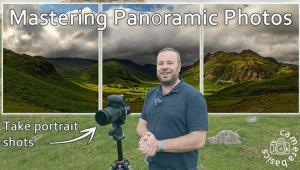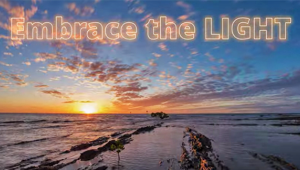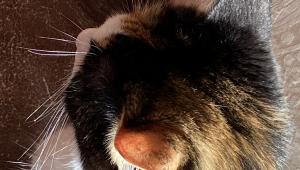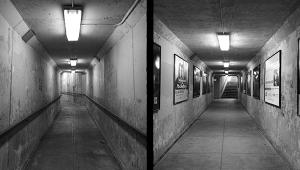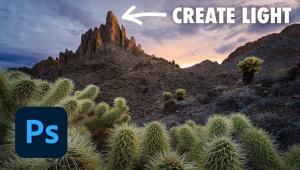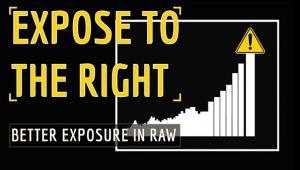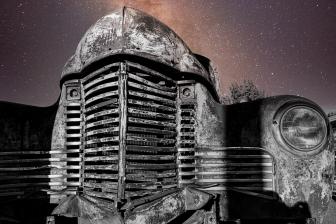Extreme Island Hopping: Tips For Photographing The Far-Flung Falkland Islands
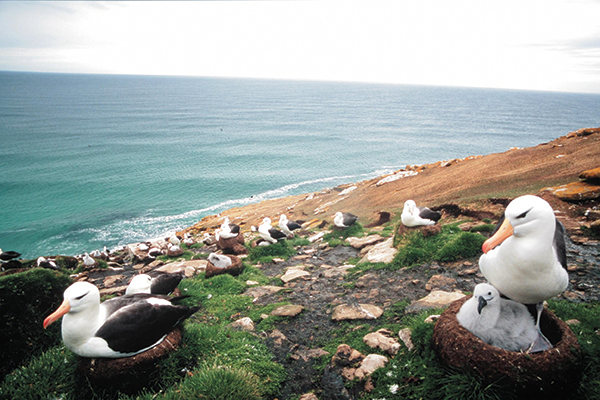
All Photos © Chuck Graham
In terms of extreme locations, you can’t pick a place much more remote than the Falkland Islands. Located 300 miles off the tip of Argentina in the South Atlantic Ocean, the Falkland Islands consists of two main isles—East and West Falkland Islands, plus 776 smaller islets, covering 4,700 square miles.
Less than 3,000 people live on the Falkland Islands, a British territory, with most living on East Falkland Island. Outlying farms and lodges are found on the outer islands, and wildlife abounds throughout. Land birds make up most of the Falklands avifauna with 63 species breeding on the islands, including 16 endemic species. The Falklands are home to five types of penguins, some of the largest albatross colonies on the planet, and healthy populations of southern elephant seals and South American fur seals.
What does this mean for the traveling wildlife photographer? Endless intimate and memorable encounters with some of the most approachable wildlife on the planet. The majority of the wildlife is accommodating and shows no fear, especially when approached slowly, low to the ground and sitting still. Don’t be surprised if the wildlife approaches you. I had a striated caracara inspecting my camera pack, its yellow talon latched onto the lid. I also had a curious gentoo penguin untie a shoelace while lying at the foot of a colony and I had two bull elephant seals make like sumo wrestlers where I hid behind a giant pile of kelp only 10 feet from me.
The following are the islands I chose for a two-week photo trip on the treeless, windswept Falkland Islands.
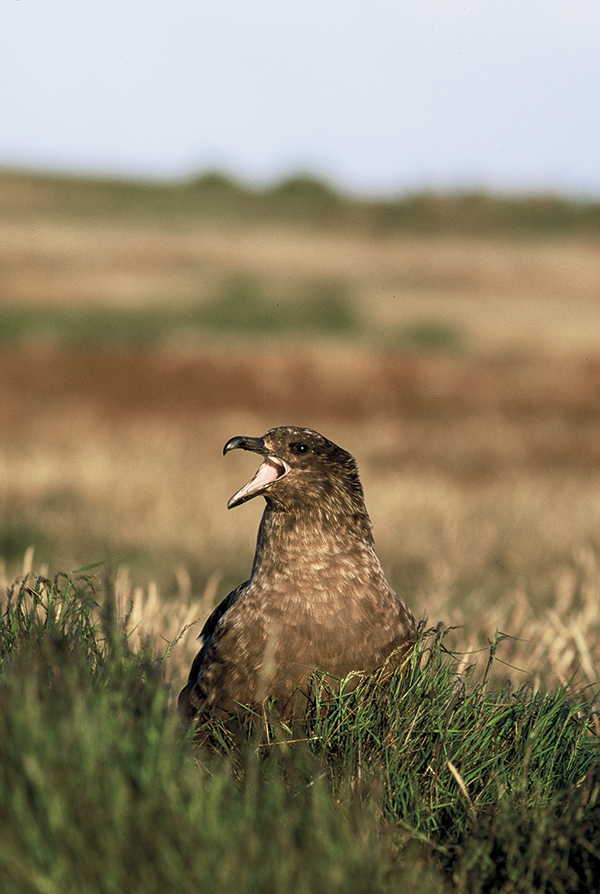
Carcass Island
Rob McGill’s little seaside farm tucked away in a tranquil cove on Carcass Island is the ideal (and only) base on this windswept isle located in the northern portion of the chain. Magellanic penguins are the island wake-up call, braying from the mouth of their dens literally just outside the farmhouse door. Blackish oystercatchers nest in the spongy red crowberry (aka diddle-dee) and steamer ducks huddle in the gnarled mounds of kelp.
A single-track trail runs along the shoreline through a village of tussock grass groves housing legions of Magellanic penguins. I also found an active striated caracara nest on a rocky outcrop offering a place for majestic portraits of this rare, predatory bird.
Nearby is a massive king cormorant colony on the edge of a sheer cliff overlooking the cobalt blue ocean. These awkward-looking birds with their serpentine-like necks are superior divers making deep descents for fish. Nesting closely together, there’s lots of drama taking place here as the parents are very protective of their needy chicks.

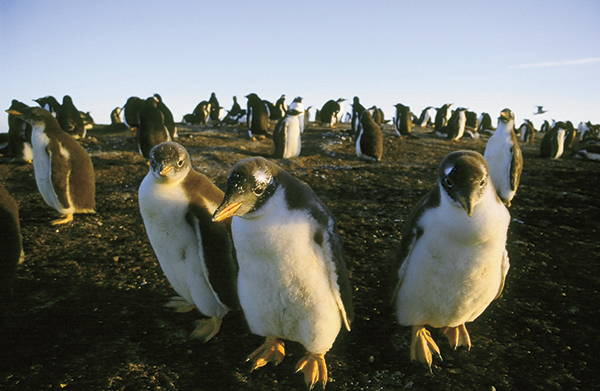
Saunders Island
“The Neck,” a narrow swath of sand, grit, and pebble between two steep hills, houses about 1,500 gentoo penguins spread out in 10 to 15 colonies. There is lots of drama to photograph here, too, across the exposed beach of “The Neck.” It’s best to stay low and belly crawl to the periphery of a colony and let the drama unfold before you. Photograph adorable chicks being fed by their mothers, chicks wandering away from their parents and getting flipper bashed by other impatient parents, and parents picking up cobble with their beaks to build a nest. Also interesting are predatory south polar skuas that are always on the lookout for an unbeknownst chick wandering away from the safety of its colony.
A steep off-trail hike behind the porta-cabin, which is the only place to stay at “The Neck,” leads to large colonies of comical rockhopper penguins and majestic black-browed albatross. The rockhoppers are especially entertaining as they enjoy bodysurfing the frigid waves and bathing in shallow tide pools. They also sport the best hairdos on the entire chain. The black-browed albatross with their impressive 10-foot-wide wingspans nest in hardened mud bowls. What’s amazing is they fit inside along with their fuzzy gray chicks. Regardless, they make fine subjects with equally inspiring backdrops.
The albatross also enjoy soaring in the perpetual sea breezes. Position yourself above the colonies and shoot down on their 10-foot-wingspans with ideal rugged backdrops.
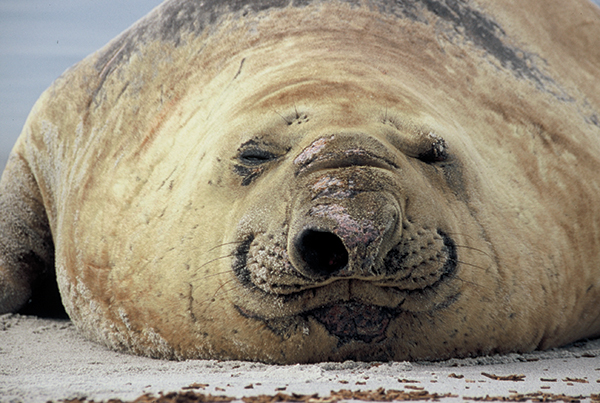

Sea Lion Island
Photographic subjects abound across the entire isle located in the southern region of the chain. Breeding colonies consist of South American terns, raucous brown-headed and dolphin gulls, rockhoppers and gentoos, prehistoric-looking giant storm petrels, massive southern elephant seals, and burly South American fur seals. Expect to also photograph black-throated finches, Falkland Island thrush, Cobb’s wrens, two-banded plovers, and yellow-tailed teal.
Be prepared to walk long distances to the many wildlife locales. Sheer cliffs to sandy beaches surround Sea Lion Island. The entire island is relatively flat, so even though the walks are long the terrain is moderate.

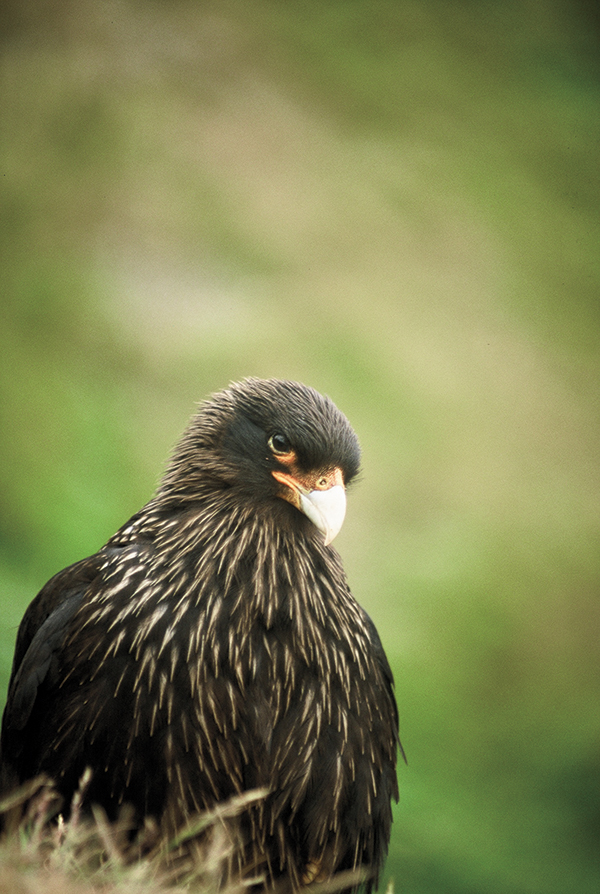
Volunteer Point
The wayward point located on the eastern fringe of East Falkland Island is a must-photograph destination for four-foot-tall king penguins. Hundreds of them huddle together just off the beach socializing with their black-pointed beaks facing skyward.
Look for the males tending to their eggs, balancing them on top of their feet and warming them by tucking the eggs beneath their underbellies. Every now and then a brown chick would emerge showing itself amongst the towering kings.
The king penguins are very photogenic, their vibrant orange, yellow, and black coloring are a nice contrast against the chilly southern Atlantic and its gritty beaches.
Additional Tips
Be prepared for unpredictable weather. Make sure your camera pack has a built-in rainfly, and keep rain gear with you at all times.
Because the wildlife is tolerant of photography, a 300mm lens is plenty of focal length for most subjects. A circular polarizer is also handy while lighting fluctuates throughout the day. When the wind blows a strong, sturdy tripod is essential. A pair of binoculars is excellent for scanning the cliffs, bluffs, and sweeping beaches for wildlife. Dry bags that double as backpacks are also ideal for hauling gear.
For more information regarding the Falkland Islands, go to falklandislands.com.







